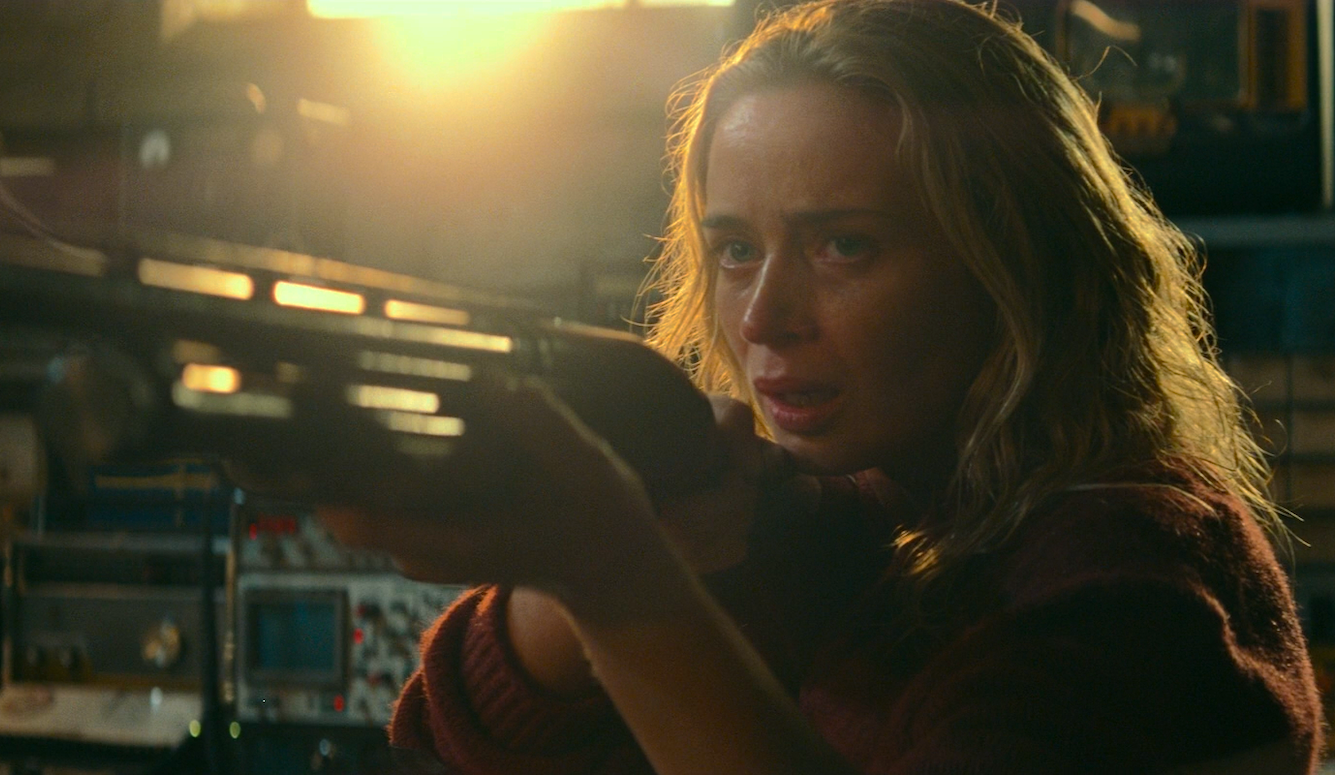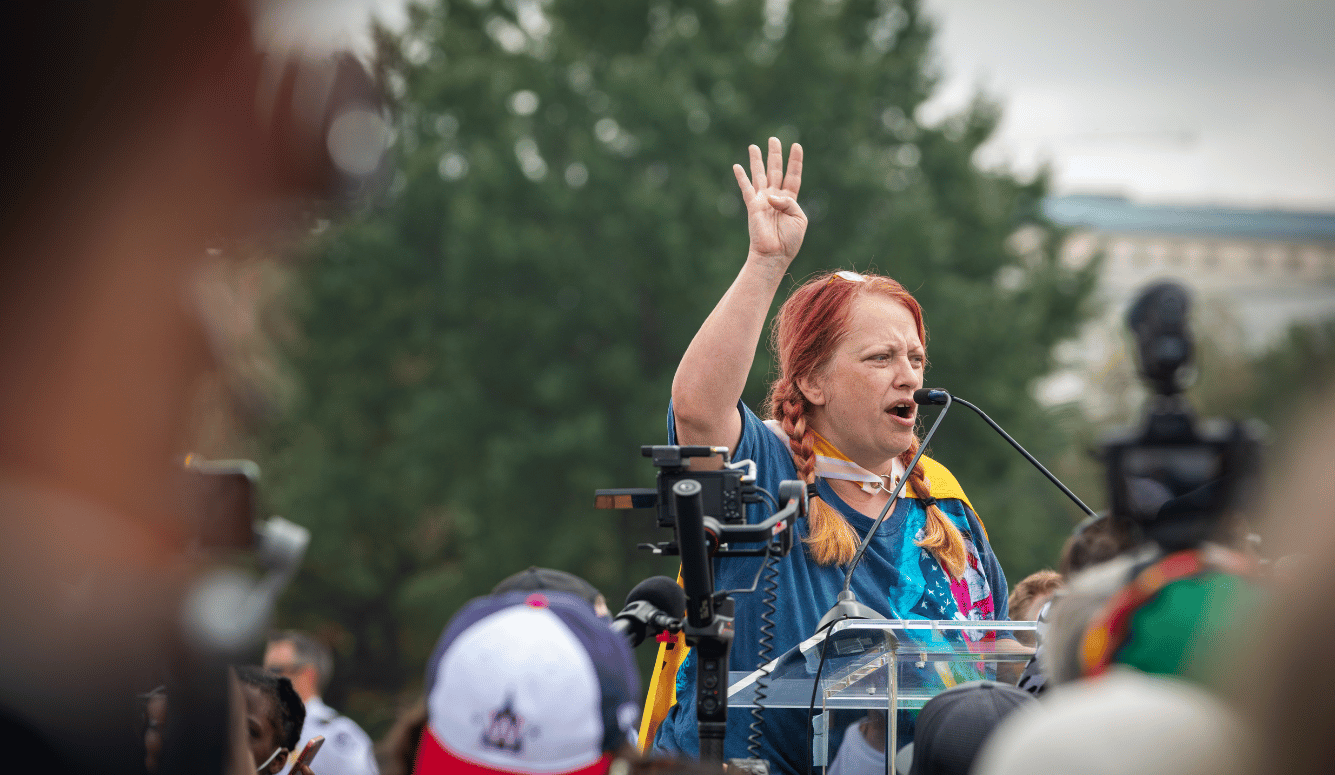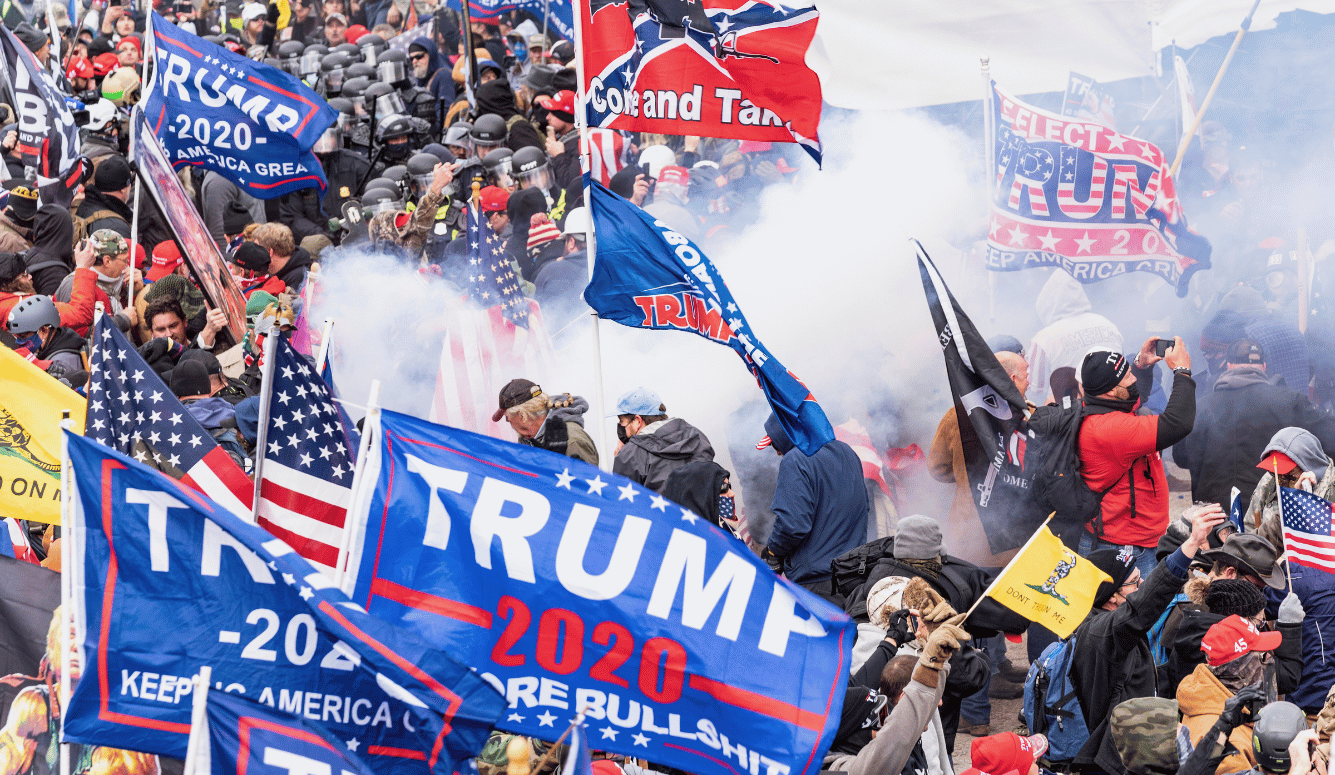Art and Culture
Killing for a Quiet Life
John Krasinski’s dystopian horror trilogy imagines a biblical plague visited on the din of modernity.

Though I’m a happily terrorised fan of John Krasinski’s dystopian films, A Quiet Place (2018) and A Quiet Place, Part II (2020), a question has been stalking me since their premieres. In these first two films, giant, human-gobbling praying mantises fall to earth and begin annihilating humankind. They cannot see, so they navigate and hunt by sound, their acute hearing provoking them to attack even the faintest sound. But why are they doing this? This remains a maddening mystery. Hunger? Malice? Revenge? The racket of our outdoor concerts and football games, interstate traffic, explosive munitions in Gaza and Ukraine, the mind-frying hum of our electrical grid and data mines? The chilling horror in the first two movies unfolds without explanation.
A familiar trope of alien-invasion and post-apocalyptic freak-outs like Steven Spielberg’s War of the Worlds is that these interplanetary assaults issue from those who may be escaping hell elsewhere but also see us as a source of protein. They’re not merely hungry; they kill like unstoppable machines of missionary ruthlessness. Indeed, this subgenre’s true star may be the ensuing carnage, a visual-aural orgy of destruction and a playground for set designers and sound technicians. Across the smoky ruins of a species’ near-extinction (ours), it dawns on the scattered survivors that they can’t just bucket-and-mop up civilisation. Mass murder also destroys human infrastructure, which must then be abandoned, but not before we and the characters gaze in disbelief at the street-emptying horror.
In A Quiet Place, the invaders overrun the earth, and only a few wily and lucky humans make it through. We watch a close-knit family—father Krasinski, mother Emily Blunt (married to one another in real life), and their kids (one of whom is hearing-impaired)—try to outrun the onslaught until one must die to save the rest. We meet the family of five in medias res, sacking a deserted pharmacy for medicine and returning to their farm. The whining noise of a child’s toy space-shuttle brings a creature out of the woods, which then carries the youngest boy away in its jaws.
A year later, this Swiss Family Robinson are well-prepared to fend off the marauders, but still grieving the loss of the son. The “quiet” of the “place” is their mute alt-bucolic existence: they are off the grid and barefoot, they eat leafy green vegetables and store corn in a silo, they speak in sign language with whispery enunciation, and they have outfitted the farm with warning systems. One of the monsters attacks the farmhouse, and a knock-down, drag-out battle ensues. Once a member of the family self-sacrifices and the monster is slain, the remaining members burn their bulwark and steal away.

The journey continues in A Quiet Place Part II. It begins with a flashback to the arrival of the monsters from the sky above the family’s small town during an idyllic Little League game. The story then leaps forward to the end of the first film where we find the family, with a new baby, seeking safety. Day-to-day survival has no philosophical depth; it’s all a contest of wits between hunters and hunted. But amid the orchestrated terror and excitement, the question still nags: why us, Universe? What did we do? Rewatching the earlier films, my wonder at the aliens’ unforgiving occupation only intensifies.
2024 has brought us a prequel titled A Quiet Place: Day One, this time directed by Michael Sarnoski, which finally brings the hint of an explanation by transposing the action from the countryside to the city. We are introduced to a fresh set of heroic victims who watch the sky fill with streaming carriers as they rain down on buzzing Manhattan (and, we learn later, the rest of the world) on the first day of the invasion. But the movie opens with a drone shot over Gotham, the soundtrack burbling with jackhammers and truck horns as superimposed text informs us that “New York City gives off an average of 90 decibels. The volume of a constant scream.” And yet the city’s inhabitants are blissfully inured to the city’s racket—an unwary sound magnet attracting galaxy-hopping devourers who love flesh and silence equally.
These angels of death detonate on impact, spider-crawling out of their craters in swarms or as solo hunters. For the next 99 minutes, we follow childless cat-lady Samira (Lupita Nyong’o), a terminally ill cancer patient, and her feline Frodo, who are soon joined by British law student (Joseph Quinn). They are panicked at every turn, huddling in place, running for safety, deceiving the alien force amid the Hollywood fever dream that spectacular wreckage—smouldering buildings, gas mains on fire, flooded subways, rats in paradisum—is ultra-cool.
Under such duress, the craftiest among us have a chance because, as their team spirit is tested, they shed their selfishness, especially the useless self-pity. It’s easy to root for the woman-man-cat trio, and fans who have seen the other two films know the invaders’ strengths and weaknesses by now. They are blind. They can’t swim. They stamp about on peg legs and are easily turned or misled by a diversionary sound. But their auricles, shown in vibrating anatomical closeups, are a dozen times larger and sharper than ours, so if a lamp falls or a person whimpers, out they zing from the shadows and shred their prey. And when an enraged mantid knows its victim is trapped, it announces the murder by opening its jaws to reveal stiletto teeth and a drooling grin before consuming another slug in the human wet market.
Much of the film’s drama centres on exploiting the monsters’ most important weakness—the hypersensitivity of their hearing means they find high-frequency sound ear-splittingly painful. When broadcast, this sound makes them wail in agony and short-circuits their brains. (In the first film, the deaf daughter discovers this vulnerability and uses it skilfully.) The screeching disables the creatures long enough for their intended victim to escape or discharge a rifle shot. In short, if you want to kill a “listening killer,” you must blow out its eardrum, though that sound, like a concussion grenade, punishes the human eardrum as well.
In A Quiet Place: Day One, when the bugs hear a dropped glass or a baby’s cry, they strike the source. But when the noise is crazy-loud—helicopters and fighter jets, car alarms, vehicle sirens, ringing phones—the bugs bum-rush the clatter in droves. Incongruously, their swarming through the city only makes the clamour worse. You’d think they couldn’t stand it. But they’re parthenogenetically programmed. According to Day One’s director Sarnoski, “the creatures are kind of [like] leafcutter ants ... using the organic material of people to grow what is their food source, which is these kind of weird melon-y, egg, mushroom things that they sort of feed the little ones with.” So, they are not sociopathic murderers, they are organic farmers.
It may be unwise, after viewing this disquieting trilogy, to unpack the extra-filmic messages Krasinski and company suggest about annihilation. This is clearly not the point. The point is to show how the courageous and resourceful among us can hold their own against this strange and murderous threat. And reassuringly, the courageous and resourceful might be any of us—wiliness is an inborn trait. But the monsters are not feeding on humans because we’re clever; the films show we’re not. They’re mulching our mass death because they have gone sonically berserk.
In the first film, a newspaper headline on Krasinski’s basement wall in a tool shop where he experiments with fashioning a listening device for his daughter, states, “They Can Hear You.” One reading of this tardy warning is that the creatures have fled their home because their eardrums, picking up every bit of the universe’s chitchat like the East German Stasi, couldn’t stand it anymore. Our data farms, our cryptocurrency mining, our transmission frequencies, our beaming satellites, our interplanetary nosiness, Donald Trump’s voice and Kamala Harris’s laugh—all have ruined their prelapsarian peace. These arthropods needed to shut us up because we wouldn’t shut ourselves up, not even a little. The mania of the mantids’ rage implies a revolt of the offended.
Nor is their calculation that we, in our blithe ignorance, make perfect targets. Noise-insensitive humans are more easily eradicated because when riled en masse we lose it, fall helplessly to the coloniser. We moan, scream, panic, and run until we are cornered and decapitated. The creatures need no finesse; they intuit that we can’t stay silent forever. Such is the character of our stupidity; though we know any number of paths to extinction, we have no collective ability to change.
In fact, the Quiet Place trilogy strongly implies that our annihilation is by invitation. Our unquiet habitat attracts insatiable creatures who cannot abide two types of sound: 1) our decibel-pinging clamour of military readiness, aeroplanes, traffic, emergencies, and mass live events, and 2) our trembling anxiety, a kind of inner shrieking at living in a world where personal dissatisfaction and doom-scrolling apathy increase the volume.
I’m reminded of Nietzsche, who said that whatever arises to destroy us is us, stained as it is with our stamp—pollutants, carbonisation, melting icecaps, resource extinction. That we are our own executioners is hardly news, but these films do raise the stakes by making withdrawal into imprisoning silence the price of survival. Nietzsche’s insight suggests that ours is an Age of Listening Exclusively to Ourselves, Our Tribes, Our Devices. And so, a dominant species shows up on our doorstep with a license to annihilate. Something about the amount of noise we generate and the ensuing failure to ignore it is going to get us.
In A Quiet Place: Day One, the punishment for the mega-clatter of modernity is a showdown between the acutely earful world we knew before the population explosion and today’s skull-rattling and soul-killing noisescapes where 57 percent of humans are rat-packed into urban dependency. What we’ve done to incur the monomaniacal savagery of the invaders is to abandon our mammalian self-protecting make-up. Their invasion suggests they are the planet’s saviours, and it is we who have become an offshoot by creating a society in sonic turmoil amid our Edenic inheritance. Thus, those who come to Earth and those quieted escapees who outfox the onslaught at untold cost belong to an order—gridless, species-threatened, and fond of dining off the Darwinian menu.






